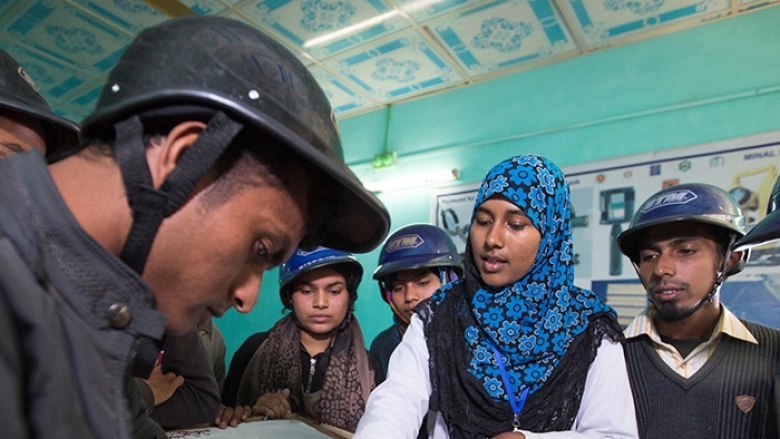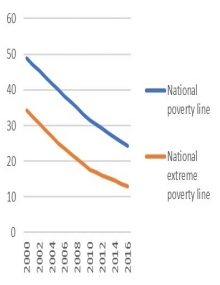Dhaka, April 9, 2018 — Bangladesh is continuing its strong development trajectory, even as the pace of poverty reduction has slowed down, according to a new World Bank report, “The Bangladesh Development Update April 2018.”
Sustained economic growth driven by exports, domestic demand and remittances. Despite challenges, the country maintained robust growth. Its exports have rebounded – primarily led by the Ready-Made Garments (RMG) sector – with a 6.33% growth in FY18, compared with 4% in the previous year. A 17% growth in remittances, with more Bangladeshis going to work abroad, combined with effective action against illegal money transfers, may have contributed to the recovery, added the report.
Despite macroeconomic challenges, GDP growth is projected to be robust, in the 6.5 to 7 percent range during FY18-20. The key growth drivers are expected to be exports, driving manufacturing growth, and services, driven primarily by domestic consumption. Despite being affected by recurring floods in 2017, agriculture sector rebounded. However, private investment, which stagnated in recent years, is expected to pick up with growing confidence on infrastructure development prospects, strong domestic demand, and stronger global markets.


